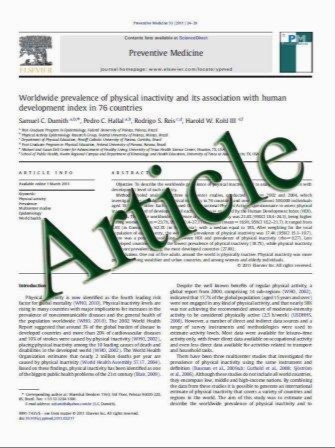Thoracic myelopathy due to ossification of ligamentum flavum: a retrospective analysis of predictors of surgical outcome and factors affecting preoperative neurological status
- نوع فایل : کتاب
- زبان : انگلیسی
- مؤلف : Amish V. Sanghvi • Harvinder Singh Chhabra • Amrithlal A. Mascarenhas • Vivek K. Mittal • Gururaj M. Sangondimath
- چاپ و سال / کشور: 2010
Description
Despite good posterior decompression of thoracic myelopathy due to ossification of ligamentum flavum (OLF), recovery varies widely from 25 to 100%. Neurological status on presentation also varies widely in different patients. We, therefore retrospectively studied relation of various clinical and magnetic resonance imaging (MRI) parameters with preoperative neurological status and postoperative recovery in 25 patients who underwent decompressive laminectomy for thoracic myelopathy due to OLF. Patients were assessed using leg-trunk-bladder scores of JOA scale and recovery rate (RR) was calculated as RR = postoperative score - preoperative score/11 - preoperative score 9 100. With Pearson’s correlation, postoperative recovery rate (RR) significantly correlated with preoperative duration of symptoms, JOA score, sensory JOA score, canal grade, dural canal-body ratio (DCBR), intramedullary signal size (ISS), and intramedullary signal type (IST) on MRI. On MRI, two types of signal changes were identified: normal in T1/hyperintense in T2 representing cord edema and hypointense in T1/ hyperintense in T2 representing cystic changes indicating lesser and higher grades, respectively. Presence or absence of signal changes did not correlate with postoperative recovery; but whenever present, ISS greater than 15 mm significantly compromised recovery. Multiple regression analysis (MRA) identified preoperative duration of symptoms and preoperative ISS as significant predictors of postoperative outcome. Based on MRA, we formulated a multiple regression equation to predict RR as Predicted RR = 83.4 ? (0.1 9 age in years) - (0.7 9 preoperative duration of symptoms in months) ? (1.5 9 preoperative JOA score) ? (0.2 9 preoperative canal grade in percentage) - (2.5 9 ISS in mm) - (1.5 9 IST in grade). Though age, preoperative anal sensations, spasticity, canal grade, DCBR, ISS, and IST significantly correlated with preoperative neurological status, MRA identified ISS as most important factor determining preoperative neurological status. Preoperative duration of symptoms and developmentally narrow canal had no influence on preoperative neurological status. Patients with developmentally narrow canal showed significant correlation with younger age at onset of myelopathy. To conclude, only independent factor determining preoperative neurological status is ISS. Predictors of postoperative recovery are preoperative duration of symptoms and ISS. Postoperative recovery can be predicted by formulated equation
Eur Spine J (2011) 20:205–215 DOI 10.1007/s00586-010-1423-9 Received: 7 January 2010 / Revised: 14 March 2010 / Accepted: 21 April 2010 / Published online: 15 May 2010


